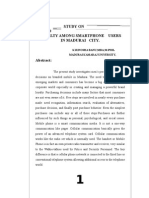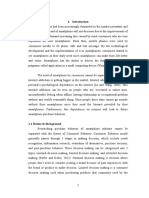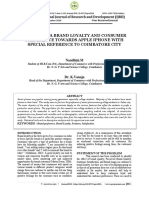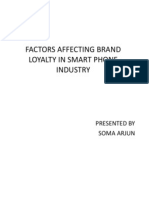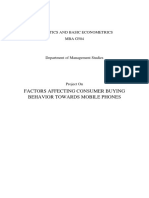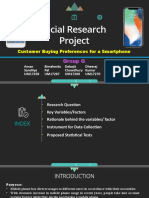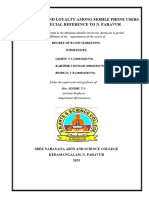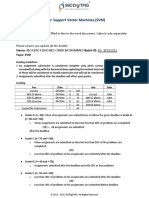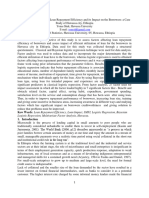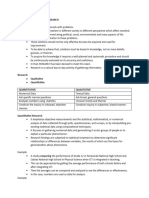0% found this document useful (0 votes)
43 views13 pagesProject Data Set Choice
The document discusses digital transformation in modern business success. It describes variables in a mobile phone customer satisfaction dataset including age, gender, income, phone usage, brand loyalty, and more. It then lists several research questions that could be answered using the data. It discusses the importance of understanding customer preferences and brand loyalty. It also describes the sample, variables, and some initial statistical analyses that could be done.
Uploaded by
jeremiah muneneCopyright
© © All Rights Reserved
We take content rights seriously. If you suspect this is your content, claim it here.
Available Formats
Download as DOCX, PDF, TXT or read online on Scribd
0% found this document useful (0 votes)
43 views13 pagesProject Data Set Choice
The document discusses digital transformation in modern business success. It describes variables in a mobile phone customer satisfaction dataset including age, gender, income, phone usage, brand loyalty, and more. It then lists several research questions that could be answered using the data. It discusses the importance of understanding customer preferences and brand loyalty. It also describes the sample, variables, and some initial statistical analyses that could be done.
Uploaded by
jeremiah muneneCopyright
© © All Rights Reserved
We take content rights seriously. If you suspect this is your content, claim it here.
Available Formats
Download as DOCX, PDF, TXT or read online on Scribd
/ 13


